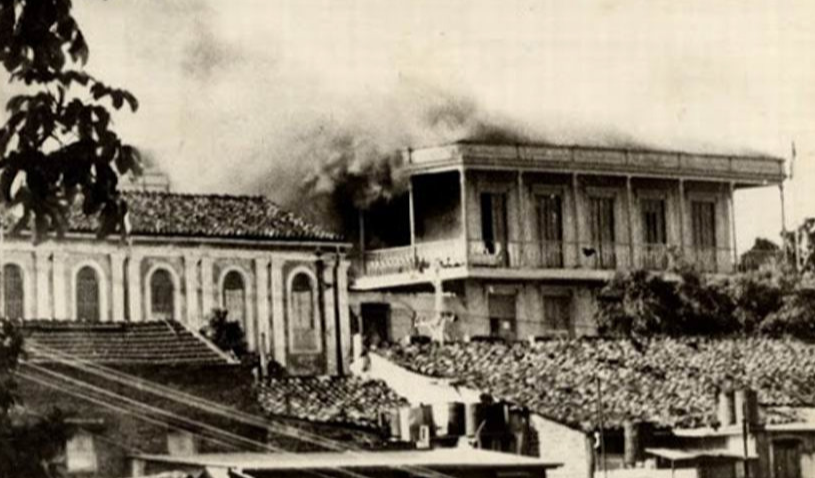Cuba commemorates on Thursday the armed uprising staged on November 30, 67 years ago, by the 26th of July Movement (M-26-7) to support the arrival of the Granma yacht along the eastern coast of the country, with 82 expeditionaries on board, led by Fidel Castro.
The action, led by Frank País, had the purpose of distracting the forces of the tyranny of Fulgencio Batista (1952-1958) and fostering a climate of insurrectionary struggle throughout the national territory.
The expeditionaries departed from Tuxpan, Mexico, on November 25, 1956 and planned to arrive on the 30th at the coast of Cuba, through Las Coloradas, to begin the armed struggle in the Sierra Maestra.
Conceived by Fidel, in its general part, the plan of the uprising foresaw actions in the eastern province of Santiago de Cuba and in the rest of the island, which would hinder the transfer of Batista’s army to the disembarkation zone.
The delay in navigation due to bad weather and the fall of a man into the water, which forced to search for him until he was rescued, made the arrival of the boat to take place on December 2.
However, the heroic actions of several dozens of young people in Santiago de Cuba, wearing for the first time the olive green uniform with the insignia of the M-26-7, evidenced the rebellious effervescence in the country, which was also attested to by subsequent events.
José Tey, Pepito; Otto Parelleda and Tony Alomá fell fighting bravely


